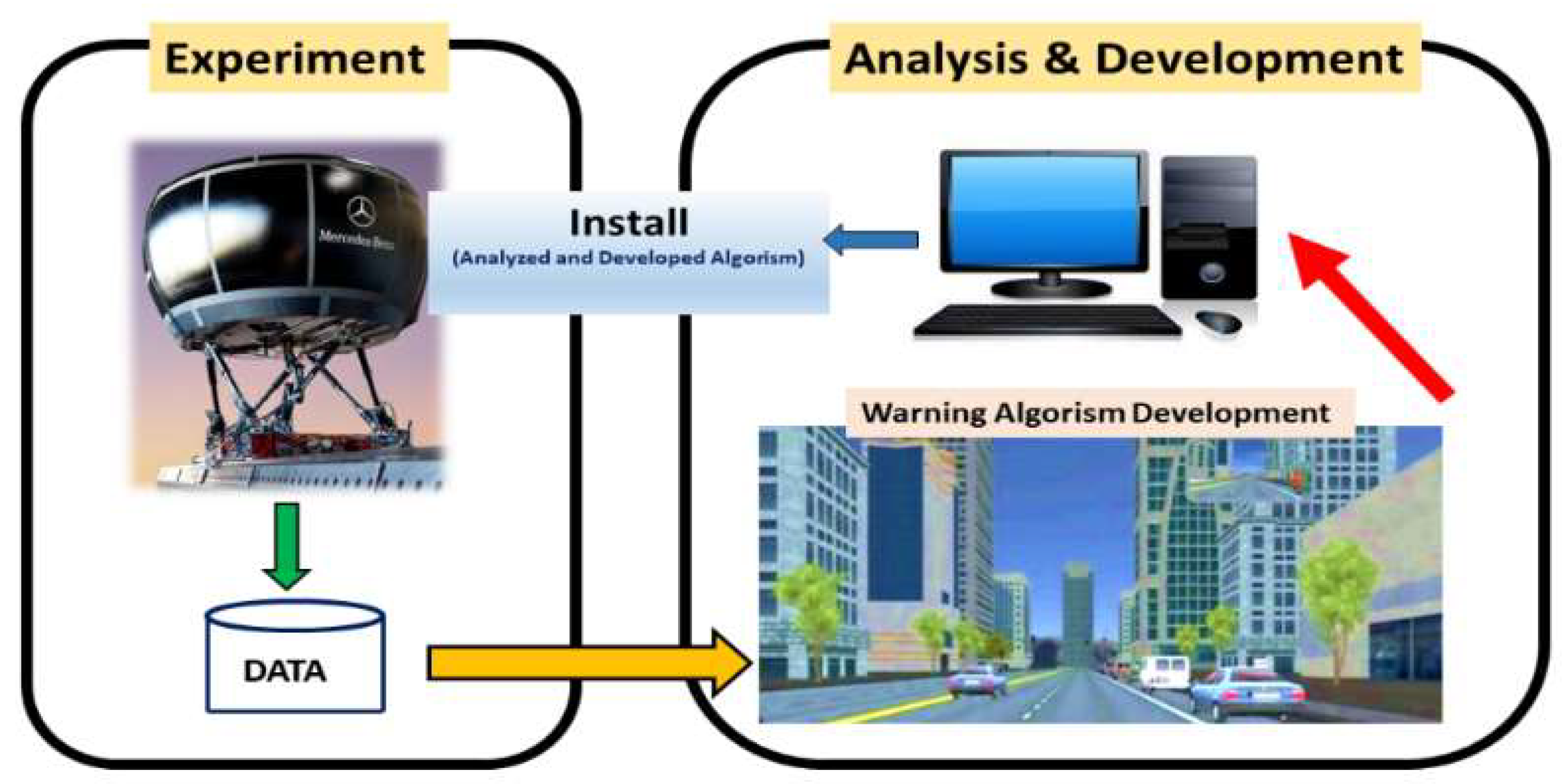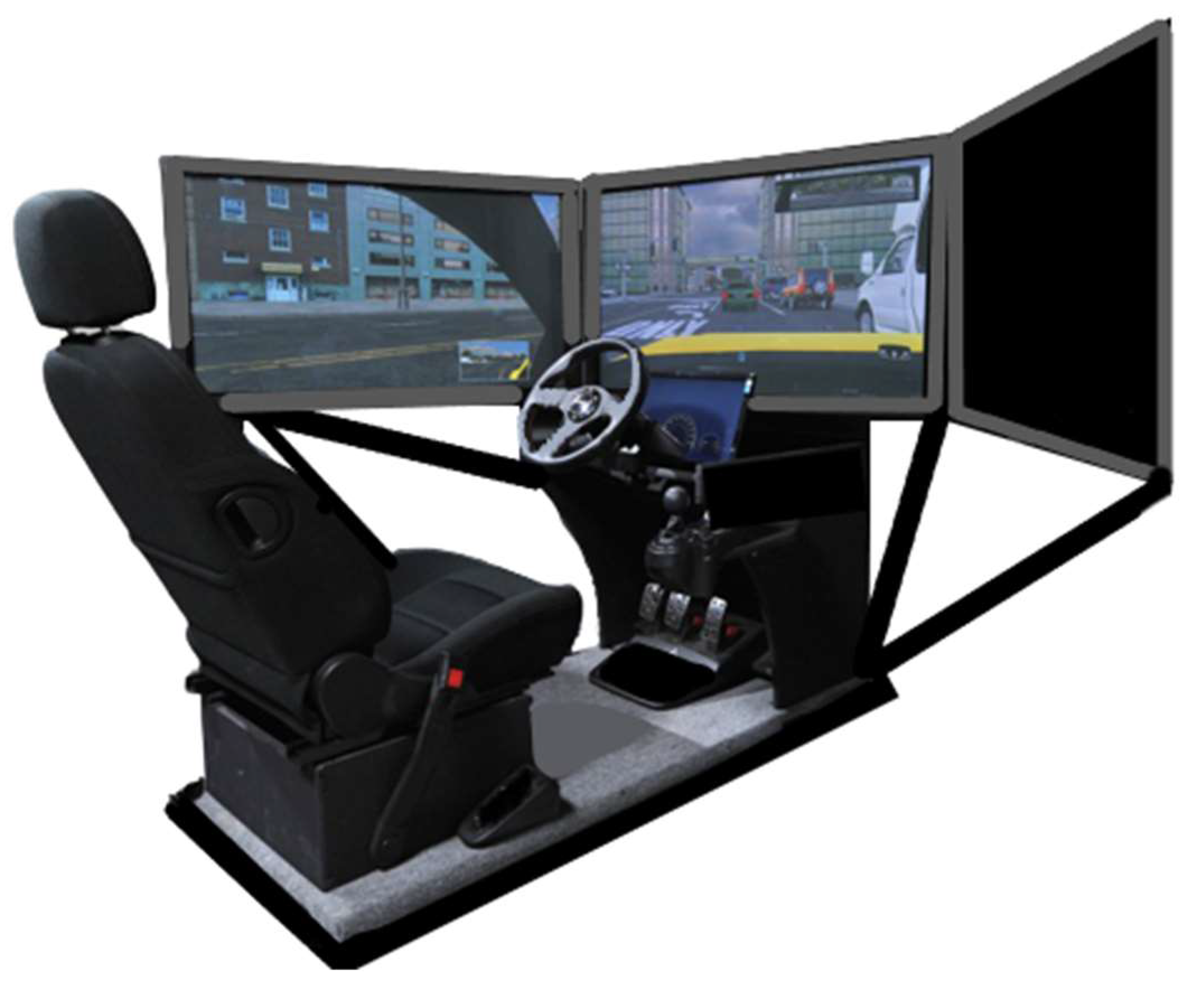Proper traffic safety is defined as systems and techniques used to safeguard road users against dying or being severely injured. Educated and internet-using Bangladeshi drivers took part in a questionnaire about their emotional stability on an online platform with more than 100 questions comprising two parts. While one of the part outlines the physiological, cultural, and socioeconomic factors and driver education, in another part, an 18-point Driver’s Behavior Questionnaire was introduced to the responders. About 40% of the surveyed drivers in the poll were inexperienced. However, 49% of people prefer to ride two-wheelers. Moreover, 70% of surveyed drivers hold valid driver’s licenses. At the same time, 35.2% of those were college graduates. Even 34.8% of accidents were caused by excessive speed and non-aggressive driving. In addition, age and degree of education were significant indicators of distracted driving violations.
- driving simulator
- unusual driving behavior
- road safety
1. Introduction


2. Literature Review
This entry is adapted from the peer-reviewed paper 10.3390/su14095134
References
- Mathers, C.D.; Boerma, T.; Fat, D.M. Global and regional causes of death. Br. Med. Bull. 2009, 92, 7–32.
- Road_Traffic_Safety. June 2021. Available online: https://en.wikipedia.org/wiki/Road_traffic_safety (accessed on 28 June 2021).
- Jacobs, G.D.; Sayer, I. Road accidents in developing countries. Accid. Anal. Prev. 1983, 15, 337–353.
- Driving Simulator. 28 June 2021. Available online: https://en.wikipedia.org/wiki/Driving_simulator (accessed on 28 June 2021).
- Nagiri, S.; Amano, Y.; Fukui, K.; Doi, S. A Study of a Personally Adaptive Driving Support System Using a Driving Simulator. RD Rev. Toyota CRDL 2004, 39, 24–33.
- Evans, L. The dominant role of driver behavior in traffic safety. Am. J. Public Health 1996, 86, 784–786.
- de Winter, J.C.F.; Dodou, D. The driver behaviour questionnaire as a predictor of accidents: A meta-analysis. J. Saf. Res. 2010, 41, 463–470.
- Reason, J.; Manstead, A.; Stephen, S.; Baxter, J.; Campbell, K. Errors and violations on the roads: A real distinction? Ergonomics 1990, 33, 1315–1332.
- Fancello, G.; Daga, M.; Serra, P.; Fadda, P.; Pau, M.; Arippa, F.; Medda, A. An experimental analysis on driving behaviour for professional bus drivers. Transp. Res. Procedia 2020, 45, 779–786.
- Wang, F.; Zhang, J.; Wang, S.; Li, S.; Hou, W. Analysis of driving behavior based on dynamic changes of personality states. Int. J. Environ. Res. Public Health 2020, 17, 430.
- Lajunen, T.; Parker, D.; Summala, H. The Manchester Driver Behaviour Questionnaire: A cross-cultural study. Accid. Anal. Prev. 2004, 36, 231–238.
- Mesken, J.; Lajunen, T.; Summala, H. Interpersonal violations, speeding violations and their relation to accident involvement in Finland. Ergonomics 2002, 45, 469–483.
- Sullman, M.J.M.; Meadows, M.L.; Pajo, K.B. Aberrant driving behavior s amongst New Zealand truck drivers. Transp. Res. Part F Traffic Psychol. Behav. 2002, 5, 217–232.
- Nordfjærn, T.; Şimşekoǧlu, Ö.S.; Zavareh, M.F.; Hezaveh, A.M.; Mamdoohi, A.R.; Rundmo, T. Road traffic culture and personality traits related to traffic safety in Turkish and Iranian samples. Saf. Sci. 2014, 66, 36–46.
- Mallia, L.; Lazuras, L.; Violani, C.; Lucidi, F. Crash risk and aberrant driving behaviors among bus drivers: The role of personality and attitudes towards traffic safety. Accid. Anal. Prev. 2015, 79, 145–151.
- Kaiser, S.; Furian, G.; Schlembach, C. Aggressive Behaviour in Road Traffic—Findings from Austria. Transp. Res. Procedia 2016, 14, 4384–4392.
- Batool, Z.; Carsten, O. Self-reported dimensions of aberrant behavior s among drivers in Pakistan. Transp. Res. Part F Traffic Psychol. Behav. 2017, 47, 176–186.
- Coechelbergh, T.R.M.; Brouwer, W.H.; Cornelissen, F.W.; van Wolffelaar, P.; Kooijman, A.C. The effect of visual field defects on driving performance: A driving simulator study. Arch. Ophthalmol. 2002, 120, 1509–1516.
- Bella, F. Validation of a driving simulator for work zone design. Transp. Res. Rec. 2005, 1937, 136–144.
- Bella, F. Parameters for evaluation of speed differential: Contribution using driving simulator. Transp. Res. Rec. 2007, 2023, 37–43.
- van der Horst, R.; de Ridder, S. Influence of roadside infrastructure on driving behavior: Driving simulator study. Transp. Res. Rec. 2007, 2018, 36–44.
- Yan, X.; Abdel-Aty, M.; Radwan, E.; Wang, X.; Chilakapati, P. Validating a driving simulator using surrogate safety measures. Accid. Anal. Prev. 2008, 40, 274–288.
- de Winter, J.C.F.; de Groot, S.; Mulder, M.; Wieringa, P.A.; Dankelman, J.; Mulder, J.A. Relationships between driving simulator performance and driving test results. Ergonomics 2009, 52, 137–153.
- Galante, F.; Mauriello, F.; Montella, A.; Pernetti, M.; Aria, M.; D’Ambrosio, A. Traffic calming along rural highways crossing small urban communities: Driving simulator experiment. Accid. Anal. Prev. 2010, 42, 1585–1594.
- Abou-Zeid, M.; Kaysi, I.; Al-naghi, H. Measuring Aggressive Driving Behavior Using a Driving Simulator: An Exploratory Study. In Proceedings of the 3rd International Conference on Road Safety and Simulation, Indianapolis, IN, USA, 14–16 September 2011.
- Calvi, A.; Benedetto, A.; de Blasiis, M.R. A driving simulator study of driver performance on deceleration lanes. Accid. Anal. Prev. 2012, 45, 195–203.
- Basacik, D.; Reed, N.; Robbins, R. Smartphone Use While Driving: A Simulator Study; Published Project Report PPR592; The Transport Research Laboratory: Crowthorne, UK, 2011.
- Dixit, V.; Harrison, G.W.; Rutström, E.E. Estimating the subjective risks of driving simulator accidents. Accid. Anal. Prev. 2014, 62, 63–78.
- Rosey, F.; Auberlet, J.M. Driving simulator configuration impacts drivers’ behavior and control performance: An example with studies of a rural intersection. Transp. Res. Part F Traffic Psychol. Behav. 2014, 27, 99–111.
- Calvi, A. Investigating the effectiveness of perceptual treatments on a crest vertical curve: A driving simulator study. Transp. Res. Part F Traffic Psychol. Behav. 2018, 58, 1074–1086.
- Papantoniou, P.; Yannis, G.; Christofa, E. Which factors lead to driving errors? A structural equation model analysis through a driving simulator experiment. IATSS Res. 2019, 43, 44–50.
- Hussain, Q.; Alhajyaseen, W.K.M.; Pirdavani, A.; Reinolsmann, N.; Brijs, K.; Brijs, T. Speed perception and actual speed in a driving simulator and real-world: A validation study. Transp. Res. Part F Traffic Psychol. Behav. 2019, 62, 637–650.
- Dimech-Betancourt, B.; Ross, P.E.; Ponsford, J.L.; Charlton, J.L.; Stolwyk, R.J. The development of a simulator-based intervention to rehabilitate driving skills in people with acquired brain injury. Disabil. Rehabil. Assist. Technol. 2021, 16, 289–300.
- Babi, D.; Babi, D.; Cajner, H.; Sruk, A.; Fioli, M. Effect of Road Markings and Traffic Signs Presence on Young Driver Stress Level, Eye Movement and Behaviour in Night-Time Conditions: A Driving Simulator Study. Safety 2020, 6, 24.
